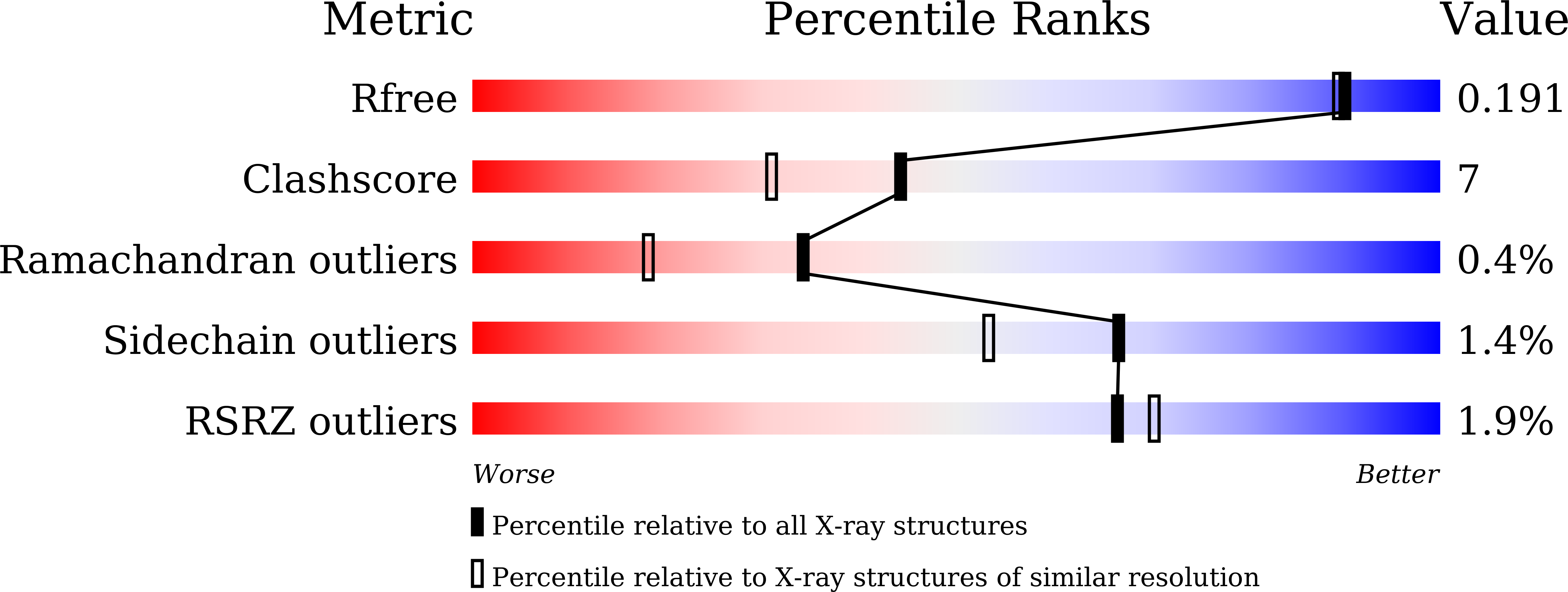
Deposition Date
2021-10-08
Release Date
2022-08-24
Last Version Date
2024-11-06
Entry Detail
PDB ID:
7VMD
Keywords:
Title:
Crystal structure of a hydrolases Ple628 from marine microbial consortium
Biological Source:
Source Organism:
unclassified Marinobacter (Taxon ID: 83889)
Host Organism:
Method Details:
Experimental Method:
Resolution:
1.69 Å
R-Value Free:
0.18
R-Value Work:
0.15
R-Value Observed:
0.15
Space Group:
P 21 21 21


